The impact of Artificial Intelligence (AI) on creative industries has become a widely-discussed topic lately, stirring up concerns about its potential to take over creative roles altogether.
As AI penetrates creative domains like music, journalism, and artwork, the question remains: is AI taking over creative industries? The answer is a resounding NO!
The truth is, while AI is becoming more prevalent in creative industries, it is not taking over jobs that only humans can perform.
AI has limitations that prevent it from obliterating human creativity entirely. While it can automate many creative activities, it cannot replace the human creative spark responsible for imaginative and groundbreaking concepts, ideas, and execution.
Despite its limitations, AI tools can be exploited to perform automated tasks, such as removing repetitiveness from the creative process and allowing more time for human creativity. For instance, in music creation, AI systems like AIVA, Amper, and Melodrive are making waves as excellent music-generating tools that use algorithms to create original compositions.
Nevertheless, these tools cannot replace the indispensable contribution of human composers in the creative process, such as composing, arranging, and orchestrating the musical piece.
The usefulness of AI extends beyond music into areas such as article writing. AI tools like automatic summarization, topic classification, and recommendation systems are now being used by reputable news sites to aid data processing and remove repetitiveness from writing tasks. However, human creativity is essential to the writing process, from framing the article’s content to crafting its style and tone. Therefore, while AI can help speed up the writing process and perform repetitive tasks with great efficiency, it cannot replace the unique skills human writers bring to the table.
Another creative field where AI is gaining momentum is artwork creation…
Neural networks are learning various styles such as impressionism and leveraging algorithms to create original works of art. But, as with music and writing, without human input, these systems would generate bland and repetitive outputs.
While AI can replicate certain artistic styles, it cannot materialize the unique thought processes that allow human artists to create original works of art.
Creative tasks require empathy, intuition, an understanding of emotions, and a wealth of real-world experiences, skills that are only unique to humans. Using AI tools can significantly speed up the creative process and perform repetitive tasks in specific areas, but these tools have limitations, and their output is only as innovative as their input.
Ultimately, it’s the fusion of human imagination and creativity with technological tools like AI that can lead to the transformation of the creative domain.
In conclusion, AI is not taking over creative industries but an essential tool that can enhance human creativity. It enables the automation of repetitive and mundane creative tasks and helps save humans time and resources that can be focused on more innovative and groundbreaking ideas. Creative industries can benefit enormously from employing AI tools, but human creativity will always be the core of the creative process.



